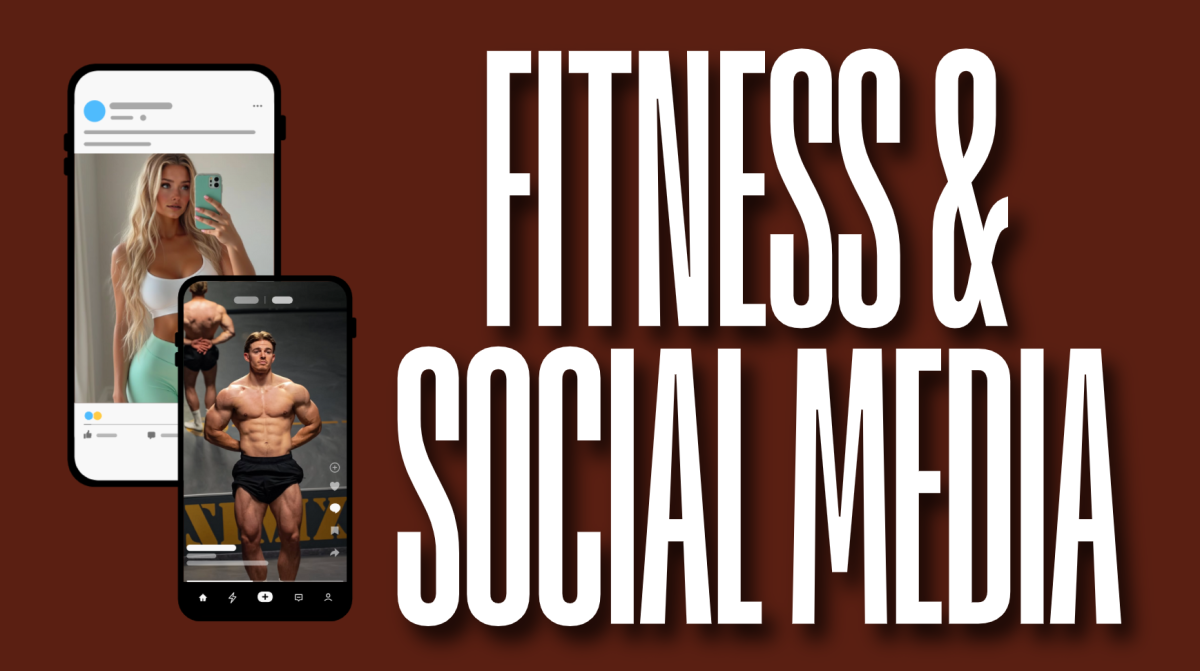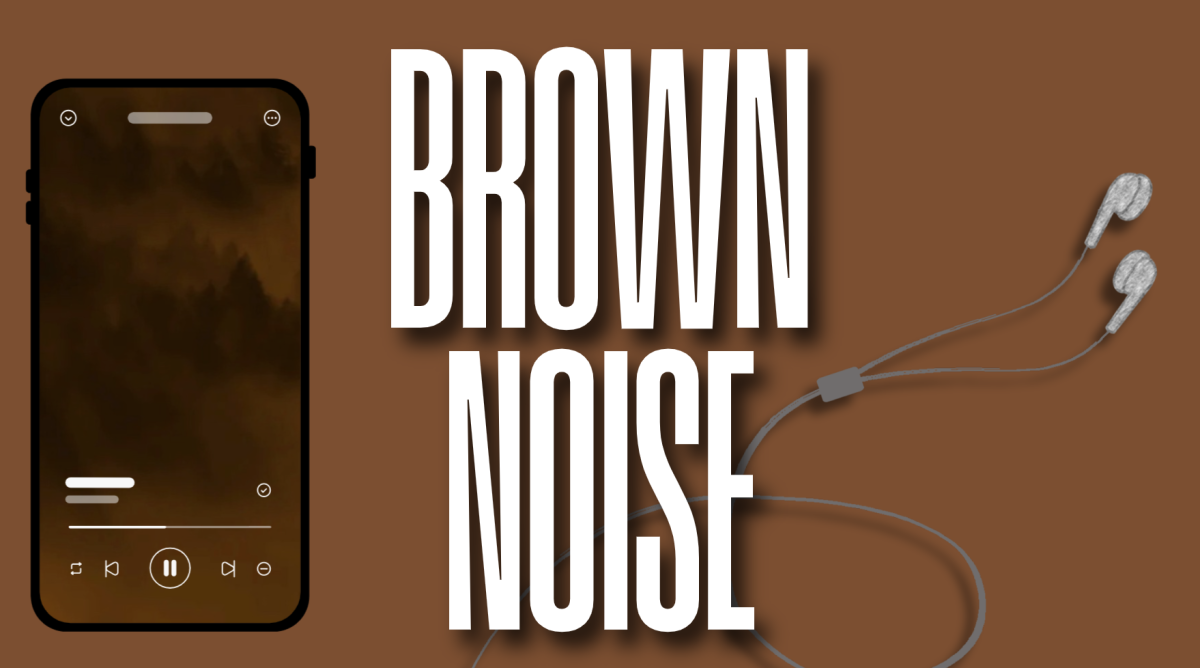The remote working transition of many New York City residents during the COVID-19 pandemic has left employers with empty office spaces throughout the city. This surplus of empty office spaces raises questions about whether employees should be encouraged to return to in-person work and what can be done with the empty space.
The COVID-19 pandemic introduced a series of tumultuous changes which have created an entirely new working environment. The mass availability of remote careers and more options to work from home has created a new work format that relies less on face-to-face communication. As a result, office spaces which were packed pre-pandemic have now become emptier. This has left employers concerned about wasting their real estate and whether employees are as engaged when they work remotely.
Employers argue that in-person work is more productive and engaging than remote meetings. While employers acknowledge that there are various online platforms that “facilitate some really amazing sessions via Skype, Teams, Zoom, and there’s a lot that can happen to enrich the dialogue,” they believe that in-person work is best able to “drive innovation and especially culture forwards,” and that “we still need to have face-to-face collaboration.” Additionally, there is an emphasis on face-to face collaboration because employers believe that remote work will detach employees from each other. While this can be seen in some situations, remote work options may also allow employees to work closer than ever by offering a wide availability of connection that isn’t strictly limited to being in-person.
In response to employers advocating for more in-person work, most employees claim that they enjoy working from home as they feel more productive and have more free time. Remote work is especially beneficial for people who have a harder time getting to work or have other obligations such as children or pets. The rigidity and superstructure of the workplace pre-pandemic has now become softer and more flexible, which allows many employees to balance their work and personal life better than before. The availability of another format of work allows people to choose what is better for them and their output at work.
But while remote work or school does have a lot of pros, in my personal opinion, there is something to be said about meeting in-person as well. During quarantine, when I attended school remotely, I felt more easily distracted and less able to retain as much information as I did when I was attending school in-person. While it was easy to communicate with my peers over Zoom or Google Classroom, seeing and listening to them in person allowed me to focus, be engaged and connect better with others. On the other hand, remote work depends on the individual, as some people are more motivated than others. For the issue of collaboration in person, engagement and morale between employees can be boosted through in-person meetings once a week or biweekly, which wouldn’t revert to the rigidity of the workplace pre-pandemic but would still allow face-to-face interaction. This would also utilize empty office space more.
But while employers argue about in-person work, empty office space is still becoming more common. The increase of this space has led to questions on what can be done with it and how employers can choose between options depending on cost or public good. NYC Mayor Eric Adams expresses optimism for “office-to-residential conversions” which “could produce 20,000 new homes in the next decade.” While some offices can be converted to homes, this is not possible for all offices, especially for many newer office buildings as “Building typology, floor plate shape, and access to light and ventilation will determine the suitability of office buildings for residential conversions.”
Other than converting office space to homes, there are numerous other possibilities. Ideas range from renting to other businesses, to providing space for photographers and other artists or using the space for catering events. The availability of office space can open up new venues for employers that they wouldn’t have thought of taking in the first place and could benefit others. The best option for the use of office space depends on who is being asked. Many employers would consider the choice which brings them the most revenue, while others would say whichever option benefits the public. In my opinion, the best option would be the one that reconciles both.
Saisha Islam, FCRH ’25, is a biology major from New York, N.Y.










































































































































































































